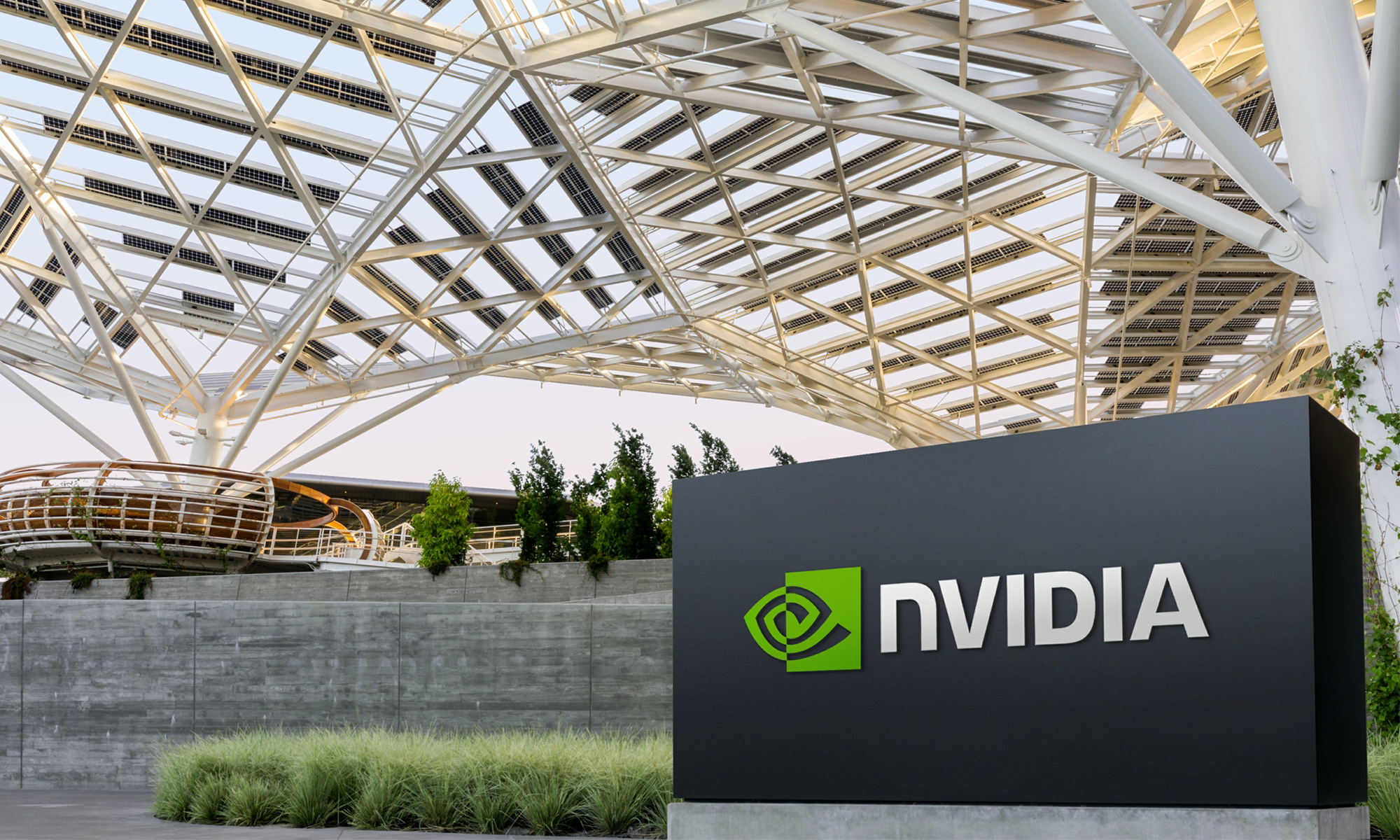In 2014, graphics specialist NVIDIA (NVDA 0.56%) released a $3,000 graphics card known as the Titan Z. It featured two of the company's then-highest end GK110 Kepler architecture graphics processors mounted onto a single board, and it was rated at a thermal design power of 375 watts.

Image source: NVIDIA.
The value proposition for this card was widely viewed as dubious at best -- a gamer could have gotten more gaming performance, and certainly superior value, by simply buying two of the company's $1,000 Titan flagship graphics cards and running them in SLI, NVIDIA's way of allowing multiple graphics processors to speed up games.
To this day, NVIDIA has not released another consumer-oriented graphics card under the Titan Z branding, perhaps suggesting that the original one didn't do well in the marketplace. That being said, I believe that NVIDIA could be well served by repurposing the Titan Z brand for an even higher-performance, and higher-priced, graphics card than today's $1200 Titan X.
A newer, better Titan Z
Back in late July, NVIDIA announced its next-generation Titan X graphics card. The current Titan X is a $1,200 graphics card based on the company's highest-performance GP102 graphics processor.
Interestingly, the GP102 chip that powers the Titan X is not a fully enabled version of the chip. Indeed, of the 3,840 graphics processing cores that are built into the chip -- NVIDIA calles them "CUDA cores" -- only 3,584 are enabled. The Titan X is also limited to a 250-watt thermal design power.
A next-generation Titan Z could be based on the same GP102 chip that the Titan X is based on, but a fully enabled variant of said chip. NVIDIA could also boost the amount of power the chip can consume to allow the chip to run at higher speeds out of the box.
The combination of these two things -- higher frequencies and a fully enabled chip -- could allow NVIDIA to deliver a significantly higher-performing product than it currently does with the Titan X.
Further, NVIDIA could position this hypothetical Titan Z above the Titan X, selling it for, perhaps, $1,500. I suspect that a sizable portion of the graphics-card buyers who would spring for a $1,200 Titan X might not mind paying $300 extra to get a better-performing product.
Building the Titan brand
With this year's Titan X, NVIDIA began to distinguish its Titan line of graphics cards from its GeForce lineup. Previous Titan products were named "GeForce Titan," followed by a suffix. The Titan branding now represents NVIDIA's highest-performance gaming and prosumer class products.
If NVIDIA is serious about building the Titan branding out over the long term, then it makes sense to have a series of Titan products, rather than just a one-off product during each major graphics architecture generation.
Indeed, in 2014, The Titan Black and the Titan Z co-existed. But during the Maxwell architecture generation, NVIDIA released just a single Titan -- the GeForce GTX Titan X.
Thus far, NVIDIA has only released a single Titan product as part of its Pascal architecture family (Titan X). Given, though, that it'll probably be some time before the company releases its next-generation Volta architecture, adding another Titan to the family might be a good way for NVIDIA to keep its ultra-high-end gaming product lineup fresh.






